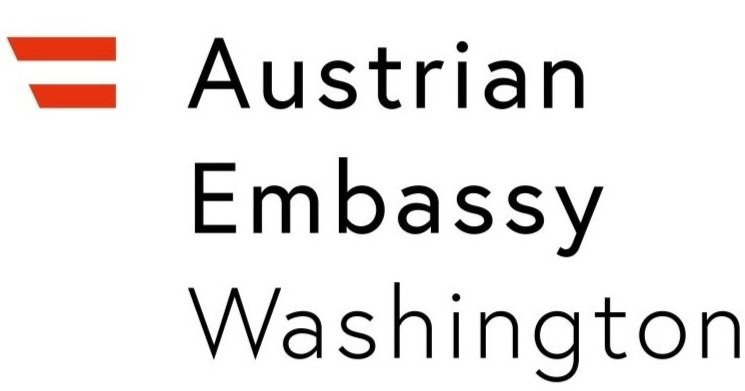Austrian Delegation Explores Historic Preservation and Innovation in San Francisco
The delegation in San Francisco
Open Austria
From June 2–5, 2025, a delegation from the Burghauptmannschaft Österreich (BHÖ) and the Bundesimmobiliengesellschaft (BIG) traveled to San Francisco as part of a professional exchange and academic collaboration with Stanford University. The visit focused on sustainable strategies for managing and revitalizing historic buildings, drawing comparisons with Austrian heritage sites under BHÖ’s care.
The BHÖ, a federal authority under the Austrian Ministry of Economy, is responsible for the preservation and management of culturally significant buildings such as the Hofburg in Vienna, Schloss Belvedere, Tiergarten Schönbrunn, and the Mauthausen Memorial. The delegation, which included experts from BHÖ, BIG, and TU Wien, aimed to explore U.S. approaches to adaptive reuse, public engagement, and sustainable infrastructure within historic contexts.
The delegation included:
Markus Wimmer, Deputy CEO and CFO of BHÖ
Christian Gepp, Head of Real Estate Management at BHÖ
Thomas Mann, ESG Expert at BIG
Prof. Alexander Redlein, Professor for Real Estate and Facility Management at TU Wien
Silke English, Tech Diplomacy & Communications Manager, Open Austria
Isabella Tomás, Consul and Co-Director of Open Austria Silicon Valley
Learning from Local Icons
The program kicked off with a tour of San Francisco’s iconic Ferry Building, a 100-year-old landmark that today blends office space, food markets, and public gathering areas. The General Manager shared insights on transforming historical buildings into vibrant, mixed-use spaces that serve both locals and tourists and the revitalization strategies that took place post-COVID.
Later, the delegation visited the San Francisco Zoo, where conversations focused on public-private partnerships, sustainability, and modernizing animal enclosures—comparable to the ongoing development and preservation challenges at Vienna’s Tiergarten Schönbrunn. A behind-the-scenes tour included water filtration systems and previewed renovations for hosting pandas, sparking dialogue on regulatory frameworks in both countries.
On June 4, the delegation toured the San Francisco War Memorial – Veterans Building, a historic landmark that hosts major cultural institutions including the San Francisco Opera and Symphony. Representatives from the city shared how the complex seamlessly blends remembrance, civic use, and artistic programming within a single administrative and preservation model.
Another highlight was the visit to Alcatraz Island, where U.S. National Park Service rangers led the group through typically restricted areas, including the island’s historic power plant and lighthouse. Discussions focused on preservation in maritime environments and balancing heritage protection with green technologies—such as solar panels, which are not permitted on historic buildings in Austria.
Innovation at Stanford: TU Wien Student Collaboration
The visit concluded with a joint project presentation at Stanford University’s d.school, showcasing the results of a year-long collaboration between students from TU Wien and Stanford. The teams developed “TuneUp,” a software tool using AI to analyze data from smart buildings (e.g., a model school), identifying potential energy savings and alerting users to anomalies in temperature or water use.
Funded in part by BHÖ and BIG in collaboration with TU Wien, the project exemplified how academic exchange can drive practical innovation in real estate management. Plans are already underway to continue the collaboration in 2026, with support from OPEN AUSTRIA.
More Photos - Credit Open Austria







